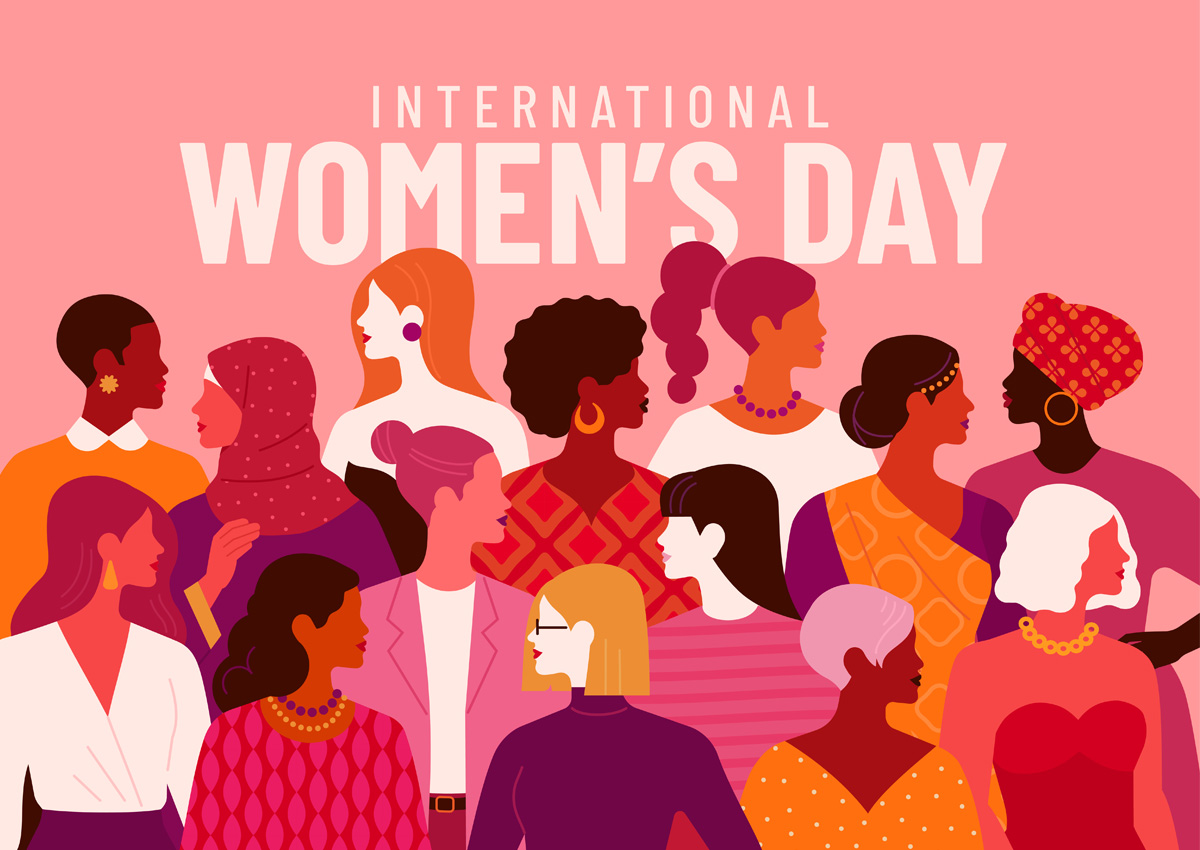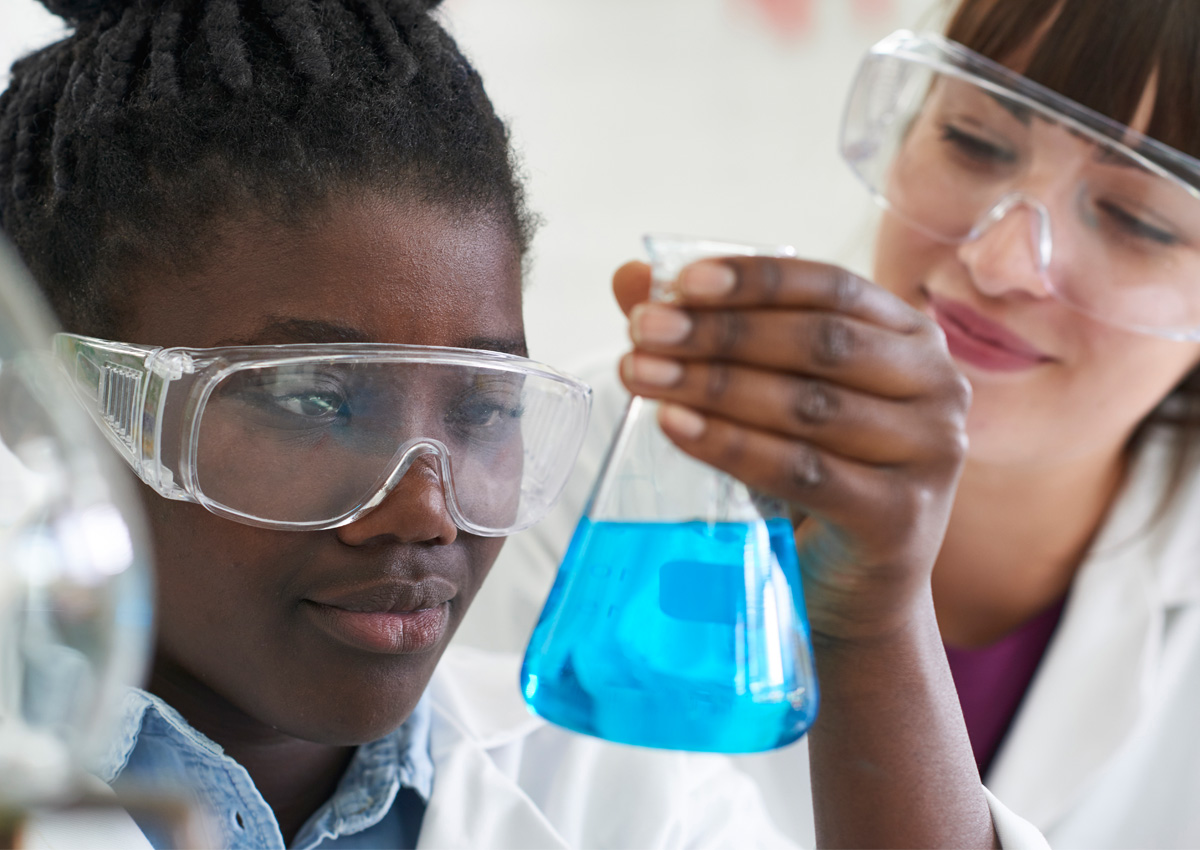Closing the STEM Gap: Empowering Women in Science
| |
International Women's Day (IWD) is celebrated every March 8, after the United Nations (UN) began celebrating the event in 1975, the year that was proclaimed the International Women's Year. It has since been commemorated annually, followed by the month-long Women's Month, with each year's observance centered on a particular theme or issue within women's rights. The theme for International Women's Day, March 8, 2024 (IWD 2024) was, "Invest in women: Accelerate progress."

Similarly, the UN General Assembly passed Resolution 70/212 on December 22, 2015, declaring the annual observance of the International Day of Women and Girls in Science every February 11. The theme for 2024 is “Women in Science Leadership: A New Era for Sustainability.”
Following these two important dates that commemorate women's achievements and focus on issues such as gender equality, reproductive rights, and violence and abuse, the world continues to celebrate women and their efforts without regard to divisions, whether national, ethnic, linguistic, cultural, economic, or political.
However, the support for women, their efforts, and causes seem not enough in the field of science. Why are there few women in science? Globally, women account for a minority of scientists and researchers. The UNESCO Institute for Statistics reports that in 2016, only 29.3% of the world's researchers were women. Based on headcount data (total number of persons employed in R&D), the highest percentage of women doing research was in Central Asia, where 48.2% were women, followed by Latin America and the Caribbean (45.1%), Arab States (41.5%), Central and Eastern Europe (39.3%), North America and Western Europe (32.7%), Sub-Saharan Africa (31.8%), and East Asia and the Pacific (23.9%). The lowest percentage was reported in South and West Asia, where only 18.5% of the researchers were women. There was no region reported with more than 50% saturation of women scientists. These statistics bring us back to the question, why are there few women involved in science?

According to the American Association of University Women (AAUW), some factors perpetuate gender gaps in science, technology, engineering, and mathematics (STEM). Some of these factors are below:
- Gender stereotypes: STEM fields are often viewed as masculine, and teachers and parents often underestimate girls’ math abilities starting as early as preschool.
- Male-dominated cultures: Because fewer women study and work in STEM, these fields tend to perpetuate inflexible, exclusionary, male-dominated cultures that are not supportive of or attractive to women and minorities.
- Fewer role models: girls have fewer role models to inspire their interest in these fields, seeing limited examples of female scientists and engineers in books, media, and popular culture. There are even fewer Black women role models in math and science.
- Math anxiety: Teachers, who are predominantly women, often have math anxiety they pass on to girls, and they often grade girls harder for the same work and assume girls need to work harder to achieve the same level as boys.
To close the STEM gap, the AAUW recommends the following:
- Give girls and women the skills and confidence to succeed in math and science. Raise awareness that girls and women are as capable as boys.
- Improve STEM education and support girls starting in early education through K-12. Encourage girls and women to take math and science classes — including advanced classes.
- Work to attract, recruit, and retain women into STEM majors and fields in colleges and universities. Design courses in STEM studies to be more welcoming for women.
- Improve job hiring, retention, and promotion pathways and intentionally inclusive cultures. Recruit more women and promote welcoming work environments.

Building a culture that empowers women motivates them to do great things in science that will benefit their personal lives and society. Their knowledge and experiences will lead the public to appreciate science and make informed decisions about technology applications such as biotechnology.
Considering that the stories and aspirations of women could help bridge the gap between science and the public, ISAAA and its network of Biotechnology Information Centers launched Science and She in 2018. It is an online campaign aimed at empowering women in science by showcasing the experiences and viewpoints of female scientists and science communicators. This week’s campaign celebrates Dr. Chelly Hresko, Global Portfolio Lead on Disease Management of Row Crops at Bayer Crop Science. Follow Science and She on Facebook (https://www.facebook.com/ScienceAndShe), Instagram (https://www.instagram.com/scienceandshe), and X (https://twitter.com/ScienceAndShe).
Read the highlights of these amazing women’s stories published in the 10th installment of ISAAA Biotech Communication Series titled Science and She: Empowering Women in Science. Download your free copy from the ISAAA website.
For further reading:
- Science and She: Empowering Women in Science
- Women in Science
- The STEM Gap: Women and Girls in Science, Technology, Engineering and Mathematics
- Solving the Equation: The Variables for Women's Success in Engineering and Computing
| Newer Post | Archive | Older Post |
Science Speaks is ISAAA Inc.'s official blog. Weekly blog articles, authored by ISAAA writers, partners, and invited contributors, aim to help share, disseminate, and promote scientific knowledge and its vital role in achieving global agricultural sustainability and development. Your support to Science Speaks will help us achieve this goal. You can help us by donating as little as $10.

